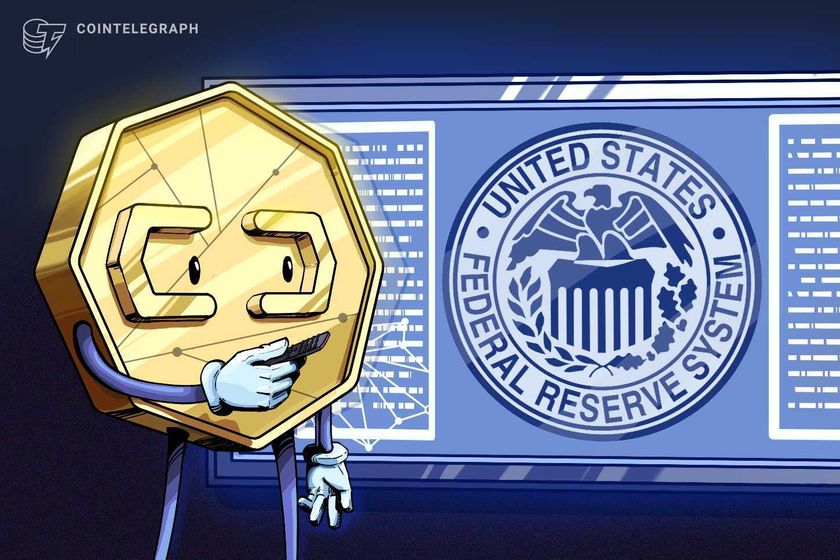Are 3D Holograms the Next Big Tech Leap?
Most of us are fascinated by virtual reality but are turned off by the idea of using clunky headsets or specialized gear. We are told that VR is meant to blur the lines between the digital and physical worlds, but the technology so far has only enhanced that line by forcing us to separate ourselves from our physical world to be able to access the virtual one. Apple has already introduced its Apple Vision Pro, and now Samsung is introducing its Project Moohan AR/VR mixed reality headset. The former did not receive great reviews, and the latter shouldn’t expect them either. It’s plain and simple; users do not want to disconnect from their reality to access an alternate reality. The clunky headsets are a turn-of,f and people view them as obstructive and cumbersome.
\ This is where hologram technology can change the mixed reality industry.
\ Several companies are promising to transform the VR experience to fully immersive and digital without requiring any headsets or gear. A headset-free system will either turn any 2D screen into a 3D platform or project a 3D image, allowing users to feel digitally immersed while remaining rooted in reality.
\ Users will no longer need to confine themselves to isolated bubbles as advanced algorithms manipulate light and depth cues to create holographic-like effects without the need for additional hardware.
\ While the Apple Vision Pro and Samsung Project Moohan will remain stuck in old technology, companies focusing on holographic technology will be leaps and bounds ahead, freeing users from the need for a headset.
\ And while the idea of watching football games or our favorite TV series at home in 3D is exciting, it is the entertainment industry that will benefit the most. A blockbuster film in 3D will blow audiences away and create an entirely new level of immersive entertainment at scale. The idea is that holograms will turn movies, TV shows, and even live concerts into fully immersive VR formats.
\ Gaming is another platform that stands to benefit greatly. Traditional games today could be turned into amazing holographic arenas where users can battle in 3D realms projected anywhere they want.
\ Sports broadcasts will change everything. Imagine being able to view a reply while standing directly next to a referee or player. Fans will be able to rewind plays from impossible angles or track plays in amazing detail.
\ From movies to concerts to sports games, users will be able to experience these events on an entirely new level, never experienced before. Passive consumption will become active storytelling. Group movie night could become communal adventures with participants virtually exploring sets. Enriched holographic environments will likely encourage longer user engagement.
\ As with much of technology, entertainment is just one arena where its use is obvious. Imagine how 3D VR technology could be used in education, offering students the opportunity to “walk” through ancient Rome in history class. Medical students could simulate surgeries in holographic detail, allowing teams to dissect virtual anatomies collaboratively.
\ With 3D technology, teleconferencing will take on an entirely new look and feel as participants will be able to gather around a virtual conference table instead of staring at a 2D screen with talking heads.
\ What this all means is that 3D tech will become a tool for collaboration and not a technology used for escapism.
\ Obviously, we are seeing the beginning stages of this technology, but the future is promising. Entertainment, business, and communication will become more immersive and tangible. With new 3D AR/VR technology, our world is about to become a whole lot deeper and adventurous!
You May Also Like

Federal Reserve expected to slash rates today, here's how it may impact crypto
Market participants are eagerly anticipating at least a 25 basis point (BPS) interest rate cut from the Federal Reserve on Wednesday. The Federal Reserve, the central bank of the United States, is expected to begin slashing interest rates on Wednesday, with analysts expecting a 25 basis point (BPS) cut and a boost to risk asset prices in the long term.Crypto prices are strongly correlated with liquidity cycles, Coin Bureau founder and market analyst Nic Puckrin said. However, while lower interest rates tend to raise asset prices long-term, Puckrin warned of a short-term price correction. “The main risk is that the move is already priced in, Puckrin said, adding, “hope is high and there’s a big chance of a ‘sell the news’ pullback. When that happens, speculative corners, memecoins in particular, are most vulnerable.”Read more

Shiba Inu’s (SHIB) Price Prediction for 2025 Points to 4x Growth, But Mutuum Finance (MUTM) Looks Set for 50x Returns
